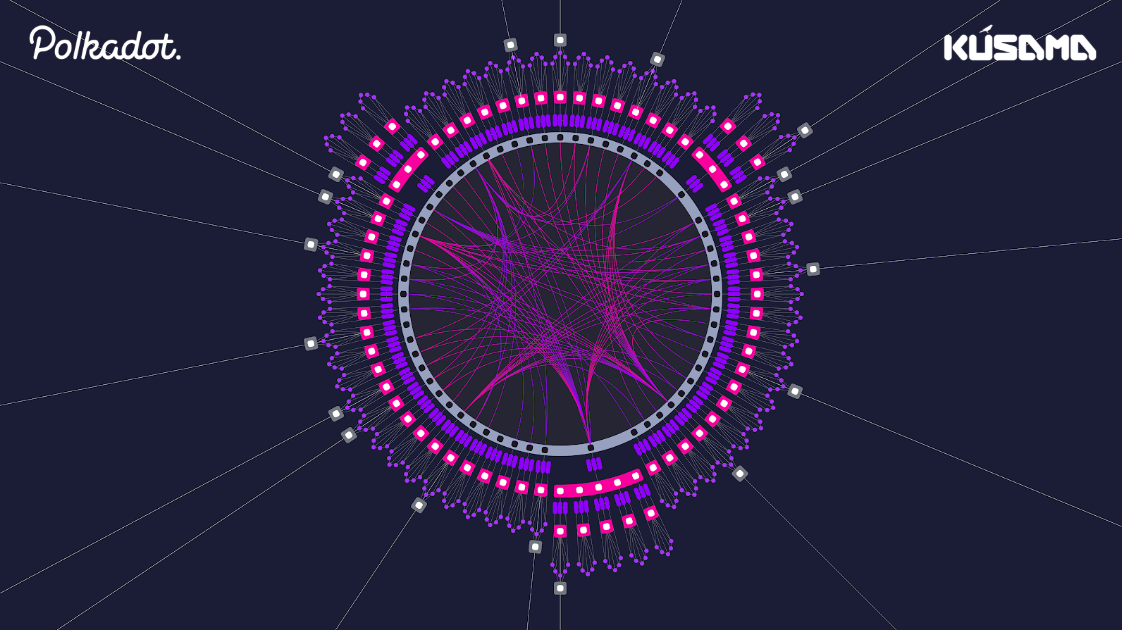The following is a contributed article from a content partner of Benzinga
Decentralized finance, or DeFi, is the rapidly expanding ecosystem of blockchain-based financial products that look to replicate or expand on the capabilities of traditional finance institutions — like banks, payment processors, clearinghouses, and more.
As the restrictions caused by coronavirus-lockdowns have shown, the world is becoming increasingly reliant on digital financial solutions, and both individuals and businesses are beginning to turn their attention towards these DeFi solutions to address their requirements.
But as it is becoming apparent, DeFi is evolving into some more than a simple alternative to traditional finance, and could be poised to usher in a financial revolution.
Beyond Traditional Finance
Right now, traditional finance is generally a centralized affair. We rely on intermediaries upon intermediaries to get anything done — whether that be making an investment, sending a payment, or even shopping online.
Unfortunately, one of the consequences of this is increased cost and delays. Each intermediary generally requires a cut of the fees, driving up the cost as a whole, while also delaying the outcome. This is one of the key areas where DeFi applications excel.
With platforms like EasyFi, users can now earn a yield on their idle assets and take out middleman-free loans without needing to jump through a heap of hurdles first. Likewise, novel solutions like BXTB are making it easier for users to gain access to stable digital assets, and make online payments without suffering volatility — all while offering essentially risk-free yields thanks to its innovative yield attribution mechanism.
There are now a wide variety of platforms that are being developed to essentially blur the lines between traditional and decentralized finance, including AllianceBlock — a blockchain-agnostic layer 2 capital market that connects traditional finance, fintech, and DeFi. As well as platforms like crypto.com, which makes spending cryptocurrencies as easy as spending cash with its range of crypto-powered debit cards.
Moreover, platforms like Prophecy seek to completely reimagine the financial landscape, by introducing a new monetary environment that incentivizes the liquidity and the movement of money — without the dangerously high inflation that the traditional money landscape suffers from.
Taken together, these platforms not only make DeFi more accessible but also offer features that traditional financial businesses would struggle to match. As a result, the amount of interest surrounding DeFi has grown exponentially in the last two years, and the total number of DeFi users now numbers in the millions.
Growing Pains
Although the DeFi industry has seen an explosion of innovation and adoption in the last year, it has also had its fair share of growing pains — namely in the form of the high transaction fees.
There are currently two main prongs to the attack. The first is by using so-called “layer 2” technologies to circumvent the issue by using a faster, cheaper layer 2 blockchain like Matic Network to process transactions before settling it on the Ethereum blockchain (layer 1). This is the approach used by the aforementioned EasyFi platform.
The second main approach is by simply building the DeFi applications on faster or more efficient blockchain platforms — like Qtum (QTUM-USD). Qtum first announced its first DeFi project last November, with the launch of QiSwap, an automated market maker (AMM) much like Uniswap on Ethereum — albeit without the problematic transaction fees.
As a blockchain capable of processing more than 10,000 transactions per second (more than 100 times faster than Ethereum), Qtum has seen impressive uptake among DeFi developers, since they can easily port their Ethereum DeFi apps to the Qtum blockchain.
Kira is also quickly gaining recognition for its potential to unlock the liquidity of potentially trillions of dollars worth of assets, thanks to its unique liquid staking solution which could scale blockchain technology into the real world by allowing users to stake their real-world assets to secure the Kira blockchain — earning rewards for doing so.
Likewise, Polkadot (DOT1-USD) has emerged as a hotbed for DeFi growth, with a massive number of new DeFi projects slated to launch on the blockchain in the coming months due to its industry-leading cross-chain compatibility and scaling capabilities.
With that said, given the diversity of the traditional finance landscape, it is unlikely that a single blockchain solution will power the future of DeFi. Instead, each solution will likely develop its own ecosystem of financial products, which might eventually be bridged together by layer 2 solutions and interoperability protocols.
© 2025 Benzinga.com. Benzinga does not provide investment advice. All rights reserved.
Trade confidently with insights and alerts from analyst ratings, free reports and breaking news that affects the stocks you care about.
